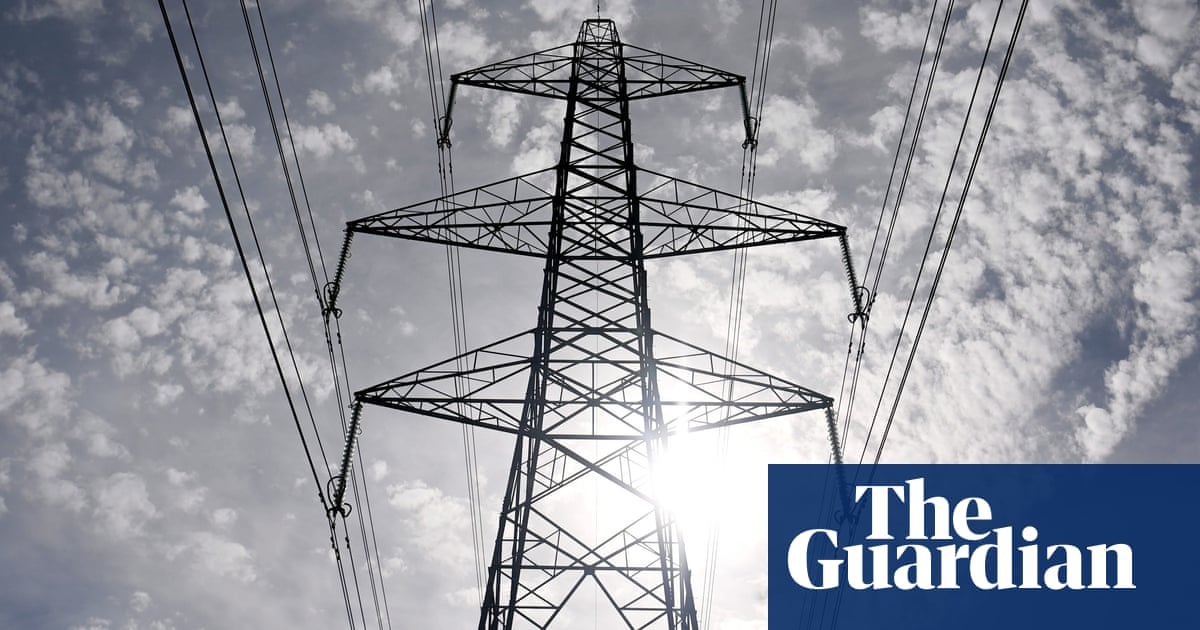
Households and businesses in Great Britain moved enough of their energy use to non-peak times last winter to power 10m homes and help avoid blackouts.
About 1.6m households and businesses received payments to help reduce the pressure on the National Grid during the winter months as part of a demand flexibility scheme run by its electricity system operator (ESO).
The energy users were called on about 22 times to reschedule their energy use to avoid peak demand hours, for example, running dishwashers or tumble dryers at night.
The energy savings from peak time were equivalent to the electricity output of the Keadby gas power plant over 4.5 hours, or three hours of generation from the Sizewell B nuclear power plant.
In return, the households and small businesses received payments totalling millions of pounds through their suppliers. Octopus Energy said it paid a total of £5.3m to the customers who signed up. British Gas confirmed it made a total of £1.8m in payments to customers on behalf of the ESO.
Claire Dykta, the ESO’s head of markets, said the scheme successfully demonstrated “the interest of UK consumers and businesses in playing a more active role in balancing our electricity needs”.
She said: “We are now working with industry and consumers to establish how this world-leading service can grow from strength to strength and support the continued evolution of consumer flexibility in the UK.” ESO is expected to run the scheme again next winter.
Countries across Europe took steps to reduce their energy consumption over the last winter after Russia’s invasion of Ukraine, which caused market prices to sky-rocket and raised fears over whether there would be enough gas imports to meet demand.
Industry data has shown that Great Britain used 5% less gas in the first quarter of this year compared with the same months last year, in part because of lower demand for electricity overall and the growing fleet of windfarms.
Wind turbines generated more electricity than gas-fired power plants for the first time in the first three months of this year, according to an analysis of ESO data by Imperial College London.
The quarterly report, commissioned by Drax, showed that electricity demand fell by 4% in the first quarter of 2023 compared with the same period last year. At the same time, wind power generation increased by 3% to make up 32.4% of Great Britain’s total electricity mix, while gas power made up 31.7%.
Dr Iain Staffell of Imperial College London, and the lead author of the report, said: “There are still many hurdles to reaching a completely fossil fuel-free grid but wind out supplying gas for the first time is a genuine milestone event, and shows what can be achieved when governments create a good environment for investors in clean technology.”












